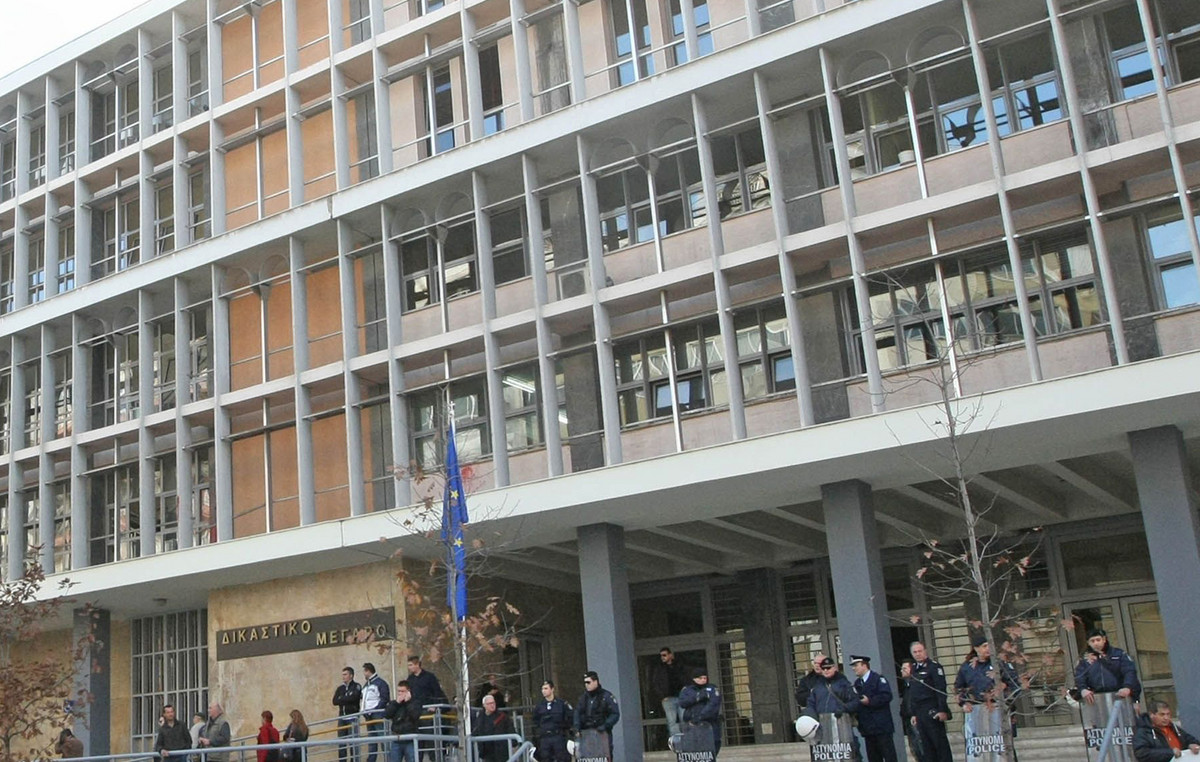The purchase by the government of Argentina of lubricant gel for distribution to the population caused controversy this week.
The investment of public money, which can reach R$ 15 million reverberated in the international press and won social networks with questions about the need for the item.
In Brazil, Intimate lubricants are distributed free of charge in units of the Unified Health System (SUS).
The measure, which is based on scientific evidence, is considered a public health strategy to reduce the incidence of sexually transmitted infections (STIs).
use of lubricant
Infectious disease specialist Álvaro Furtado, from the Hospital das Clínicas in São Paulo, states that although the subject is treated lightly, intimate lubricant plays an important role as a complementary measure to protect sexual health.
“Lubricant is something little discussed in relation to the STI prevention panel, because there is the false idea that it is something accessory, that it is not important in prevention and a mere artifact during sexual activity and in fact it is not that,” says Furtado.
The expert explains that sexual activity is associated with friction and can cause trauma in the genital and anal region.
“When you use lubricant, you leave the mucosa that is hydrated and lubricated less susceptible to this type of complication of sexual activity. You end up reducing the penetration of some pathogens [agentes causadores de doenças] in the genital and anal mucosa”, says the infectologist.
In a post on Twitter, the Minister of Health of Buenos Aires Nicolás Kreplak stated that the investment is part of the portfolio’s actions in compliance with the legislation.
“We are managing, complying with the law and taking care of our population. The acquisition of sexual health prevention and care items is nothing new. It has always been done and all inputs have to be provided by the State. Nothing surprises. They misinform and confuse,” said Kreplak.
The undersecretary of information management of the Ministry of Health of Buenos Aires, Leticia Ceriani, said in a publication on Twitter that the purchase implies an inclusive policy to guarantee access to all people to the item.
“The lubricating gel reduces condom breakage, resulting in a policy to prevent STIs and unplanned pregnancies. The intimate gel was also acquired in the previous administration, the only thing that would change with this purchase is the presentation, as it is now delivered individually to optimize use and investment,” said Leticia.
Combined prevention
The simultaneous use of different approaches, considering biomedical, behavioral and structural aspects, characterizes the so-called combined prevention of sexually transmitted infections.
According to the concept, the prevention strategy can be more effective when adopted based on the specific characteristics of each person’s moment in life.
Biomedical interventions are actions aimed at reducing the risk of exposure to STIs, which can be divided into physical and drug barriers. As an example of the first group, there is the distribution of male and female condoms and lubricating gel. Examples of the second group include post-exposure prophylaxis (PEP) and pre-exposure prophylaxis (PrEP) – specific against HIV.
Behavioral interventions, in turn, are actions that contribute to increasing information and perception of risk of exposure, aiming at reduction. Including incentives to change the behavior of the person and the community or social group in which he is inserted.
Examples include encouraging the use of male and female condoms; counseling on HIV/AIDS and other STIs; incentive to testing; adherence to biomedical interventions; linkage and retention in health services; harm reduction for people who use alcohol and other drugs, as well as communication strategies and peer education.
“So, it is essential that you include the use of lubricants in your prevention panel, in addition to what we already have available. They are distributed free of charge by SUS, as a public health measure because you manage to reduce the incidence of new cases of STIs”, concludes Furtado.
Structural interventions are actions aimed at sociocultural factors and conditions that directly influence the vulnerability of individuals or specific social groups, involving prejudice, stigma, discrimination or any other form of alienation of fundamental rights and guarantees of human dignity.
Examples include actions to combat racism, sexism, LGBTphobia and other prejudices; promotion and defense of human rights; educational and awareness campaigns.
Source: CNN Brasil
I am an experienced journalist and writer with a career in the news industry. My focus is on covering Top News stories for World Stock Market, where I provide comprehensive analysis and commentary on markets around the world. I have expertise in writing both long-form articles and shorter pieces that deliver timely, relevant updates to readers.







